Guys, my grocery bill is getting out of control. With a toddler that is constantly snacking (but always refusing the meals I cook him), I need to keep my pantry stocked 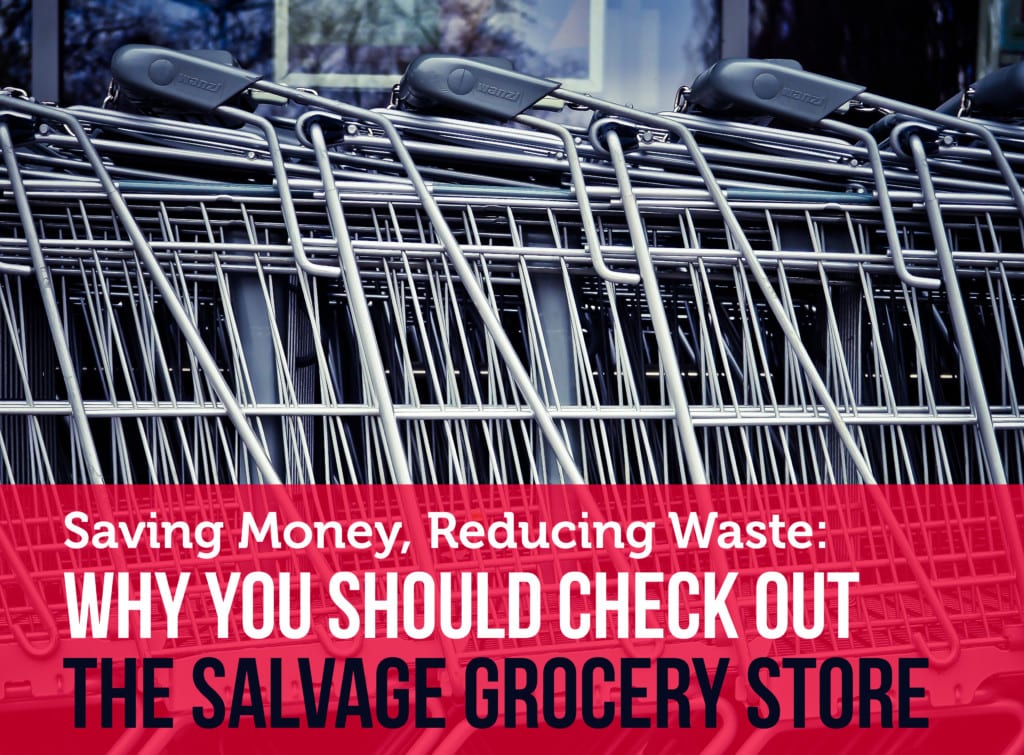 with an arsenal of toddler faves. And it can get pricey. We needed to find a way to save a LOT, fast. A few months back, when we were in a tough spot financially, we decided to try out the Salvage Store instead of going to our normal grocery store.
with an arsenal of toddler faves. And it can get pricey. We needed to find a way to save a LOT, fast. A few months back, when we were in a tough spot financially, we decided to try out the Salvage Store instead of going to our normal grocery store.
So, what is a salvage grocery store?
A salvage grocery store is a resale operation that stocks items at a deep discount. These items are recovered from other retailers that couldn’t sell them for one reason or another.
How do things end up in a salvage grocery store?
There are several ways products can land on the shelves of a salvage store. For starters, the original grocery store might have received the items in damaged packaging. Additionally, the manufacturer may have changed the packaging design and wants the original retailer to carry the new packaging look. Third, the original store may have accidentally over ordered the product or received an extra pallet. Or the item may have been discontinued by the manufacturer. Lastly, the item may be slightly over the suggested “use by” date. In this last instance, I recommend using caution and personal discretion about what you buy.
Why should I go to a salvage grocery store?
Food waste is a huge problem nationwide. According to USDA’s Economic Research Service, 31% of food is wasted or lost on either the consumer or the retail level. But more practically, you can save a ton of money. I’ve comparison shopped between the Salvage Store and other discount retailers, such as Walmart, and I’ve seen about a 50% savings on average.
Ok, but is it safe?
There is a difference between a “sell by” date, a “use by” date and an “expiration date.” Of those three phrases, “expiration date” is the only phrase that indicates FDA regulation. The other two are used mostly interchangeably and are usually meant to keep product moving off the shelves. In other words, it’s a general suggestion at best and at worst, it’s marketing language meant to sell more product. Sure, many products are best enjoyed within a reasonable amount of time, but most packaged goods have a lot more flexibility in regard to freshness than the “sell by” date would have you believe.
With that in mind, I would exercise caution in regard to certain items you may come across. For example, my family (as a matter of personal choice, with a few exceptions) does not purchase dairy products or most things that require refrigeration from the Salvage Store. We will purchase certain frozen goods because they retain their integrity beyond their “sell by” date so long as they aren’t thawed out and refrozen. We will not buy heavily-damaged cans due to the increased risk of botulism. It also worthy to note that it is illegal for any retailer, salvage or otherwise, to sell expired baby formula.
What about fresh produce?
Again, use discretion. I have passed on many fresh items, but I have also purchased a pound of pretty perfect-looking strawberries and a sack of Cutie-brand clementines from the Salvage Store, both for $0.99 each. For the most part, though, I continue to buy fresh produce from my neighborhood grocery store.
Anything else I should know before going?
The Salvage Store I go to accepts SNAP benefits, so it is a great option for people who are trying to get the most bang for their buck.
On to the haul!
Here are ten things I recently bought at the Salvage Store.
I saw an average savings of 54.5% per product as compared to the lowest price I could find at local stores. These ten items, if purchased at local stores, would have totaled $63.95. I spent
$24.42, bringing my savings to a whopping $39.53!
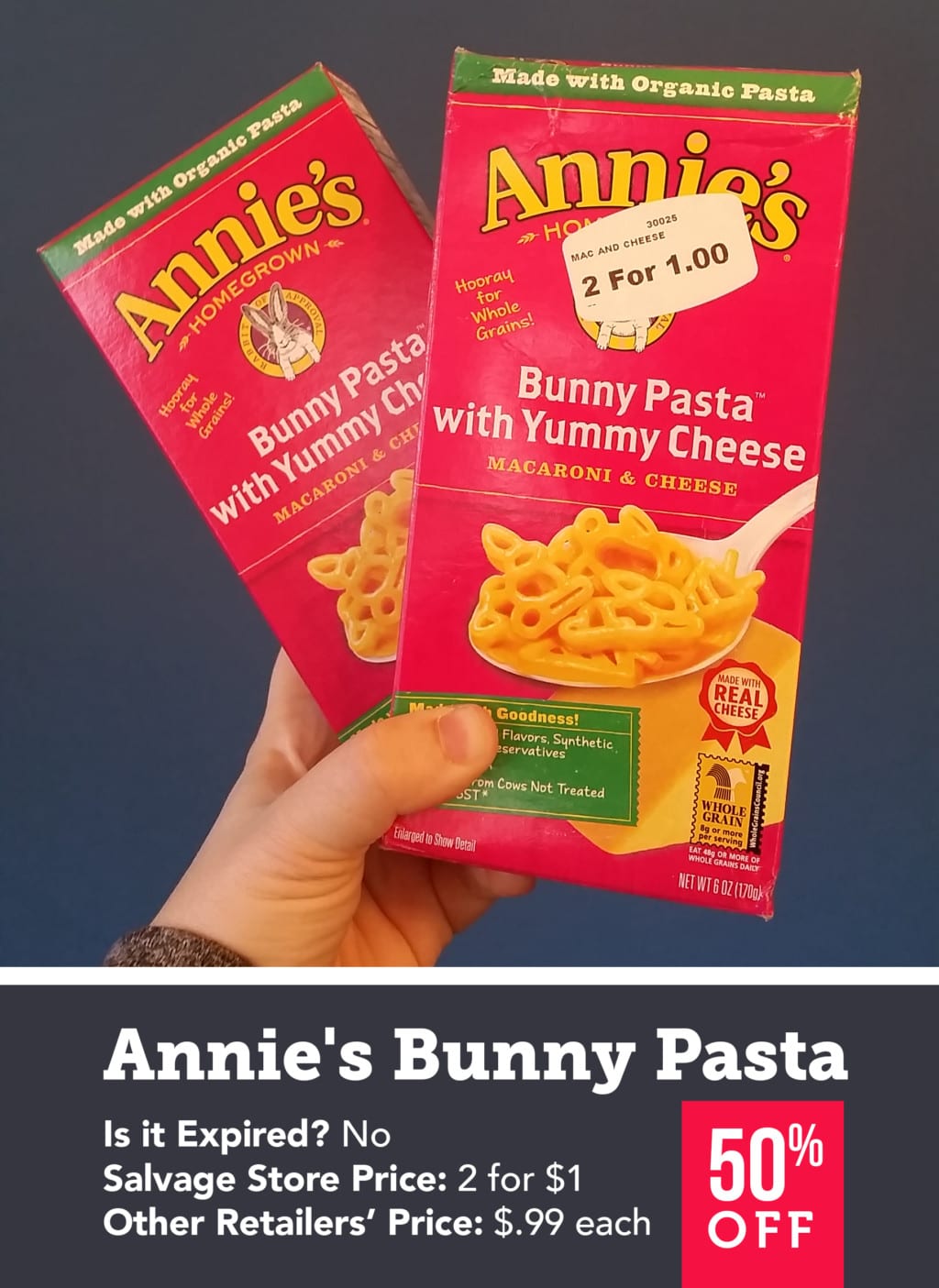
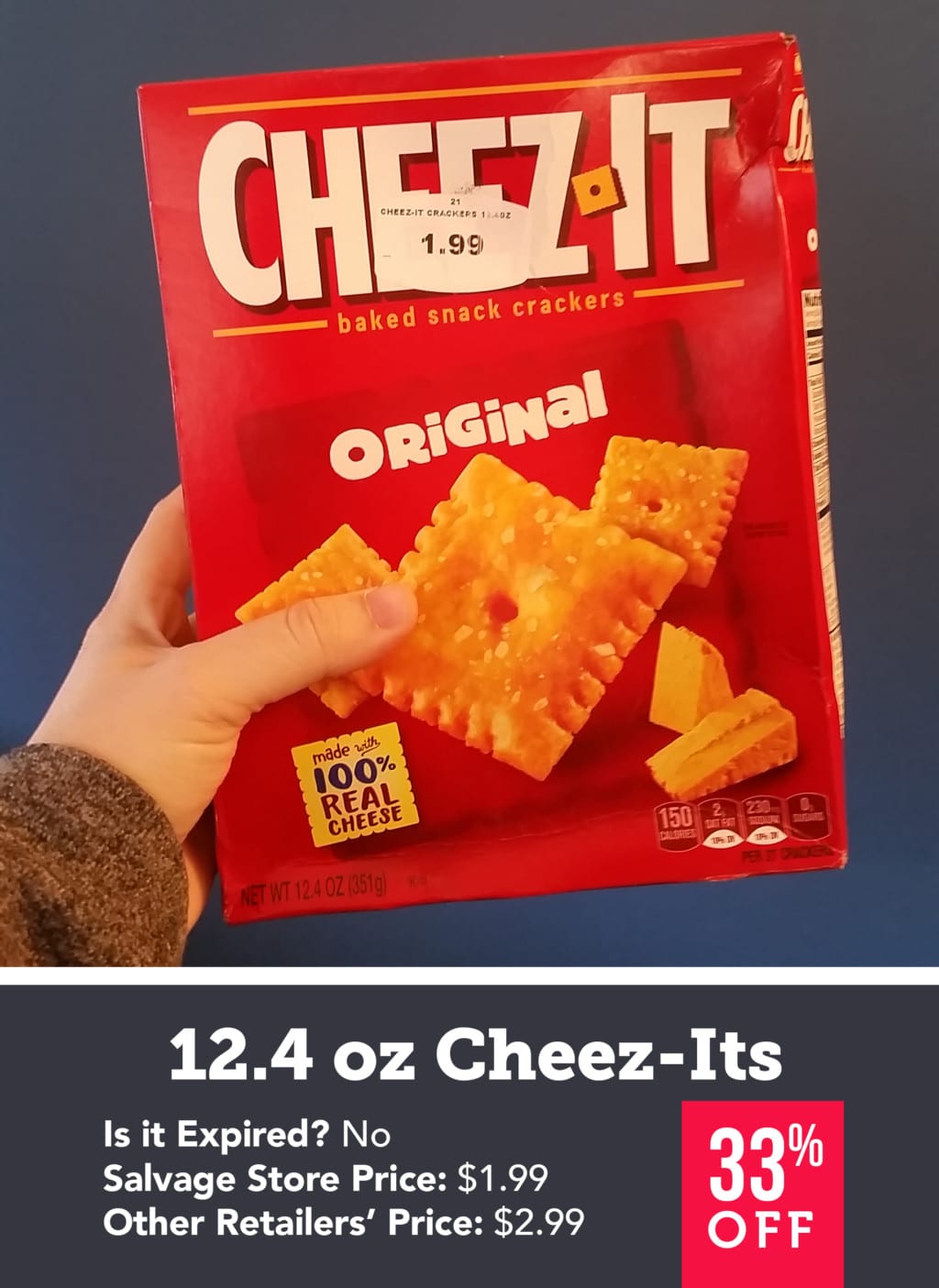
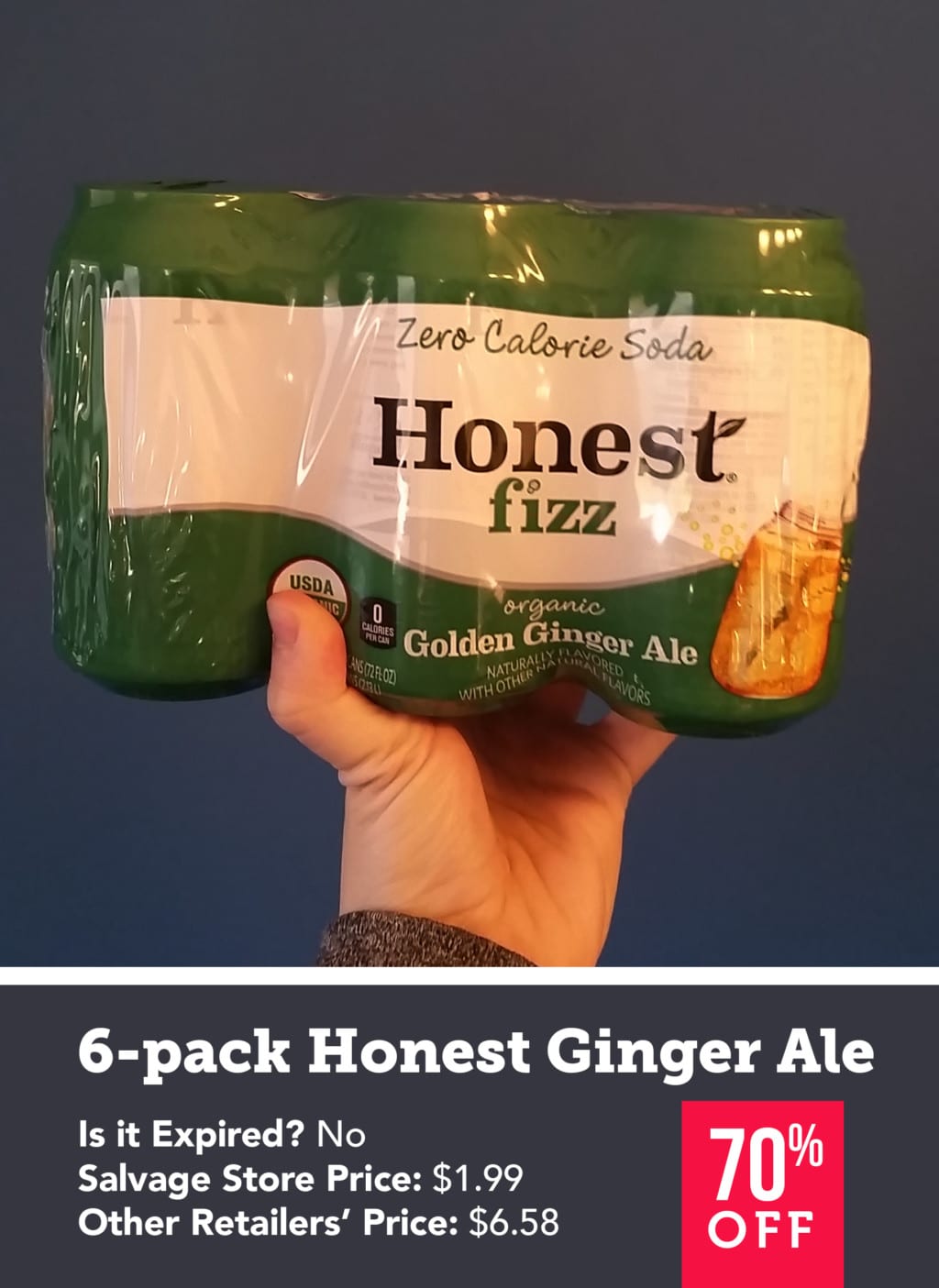
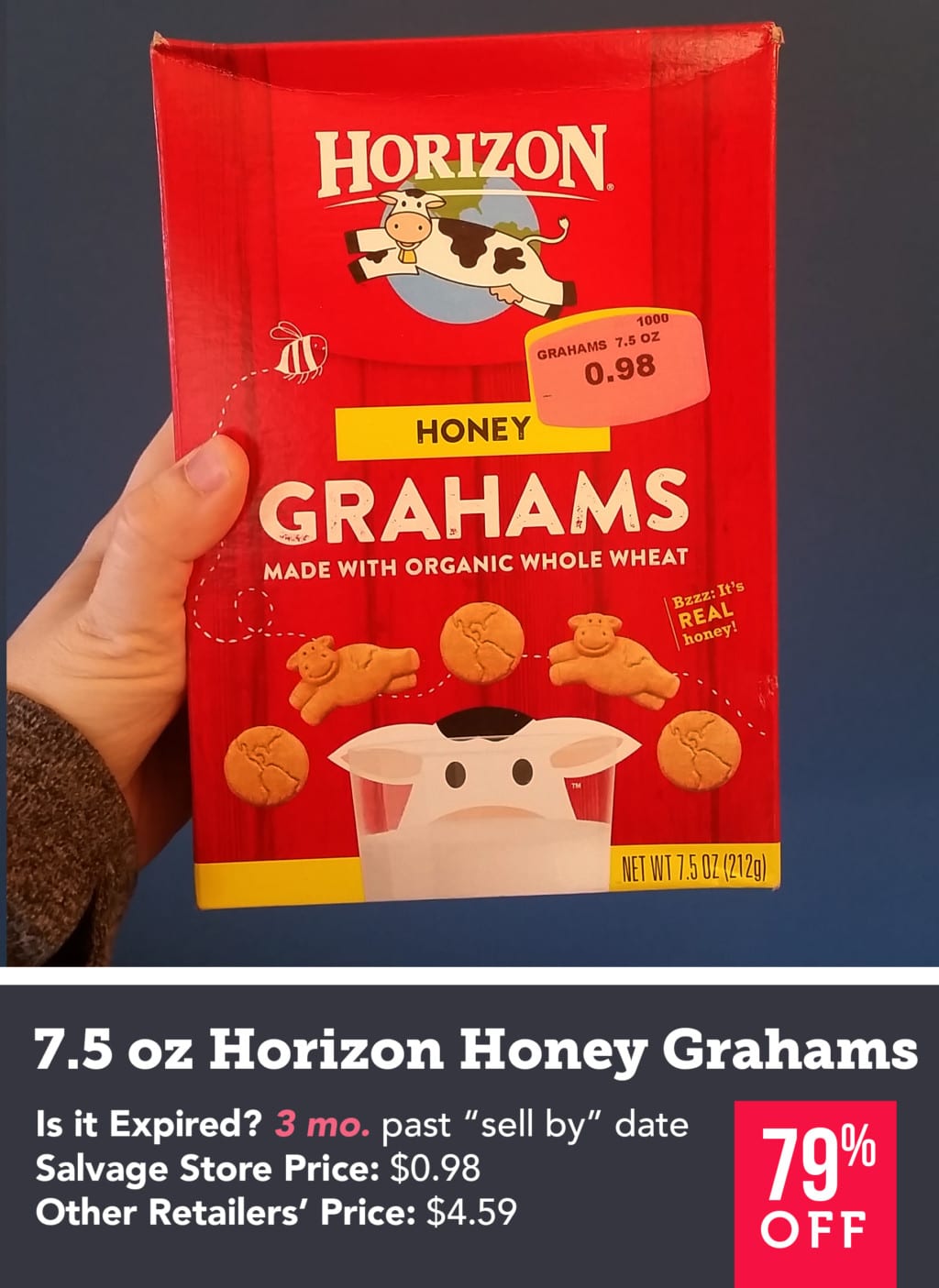
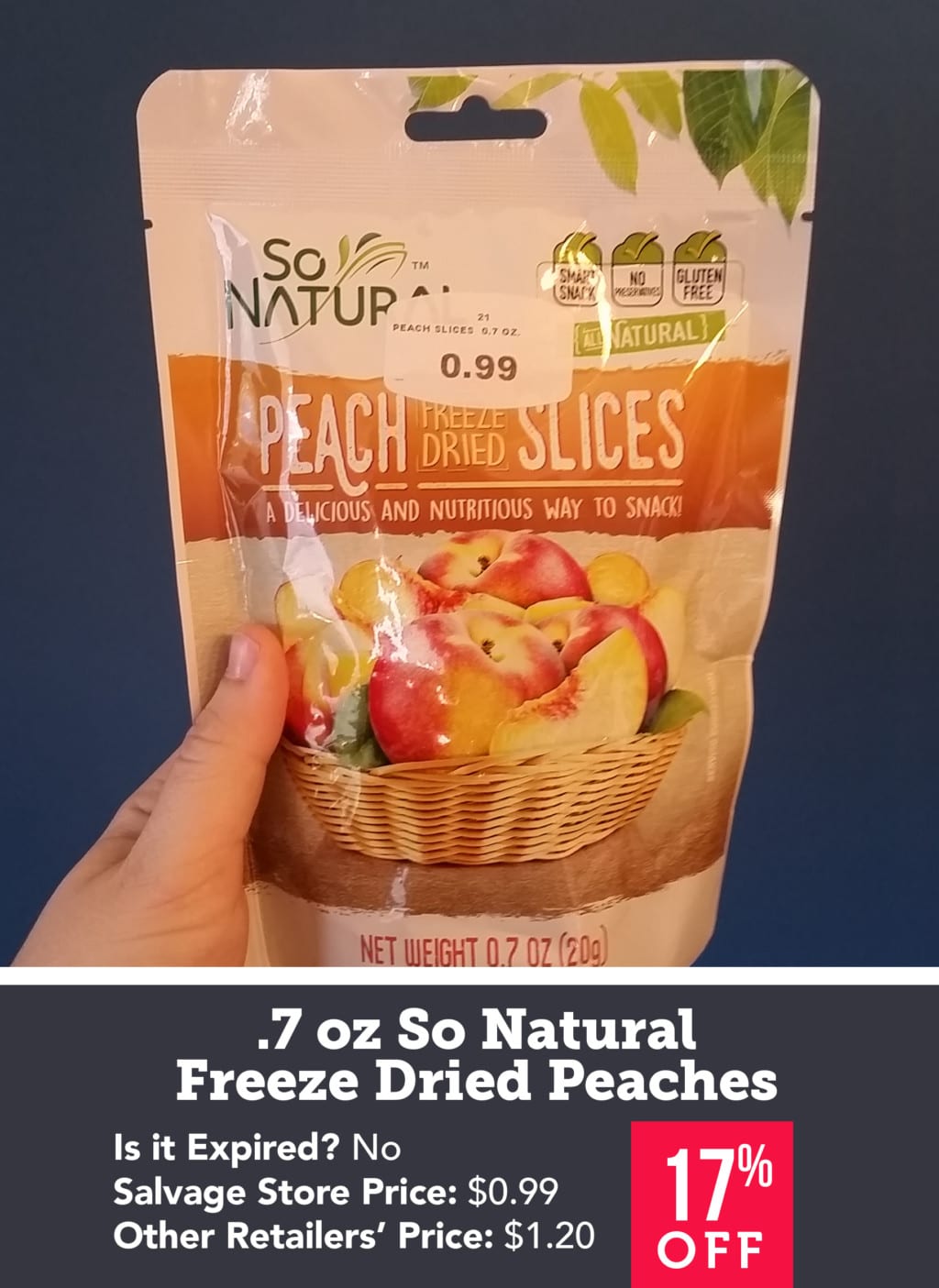
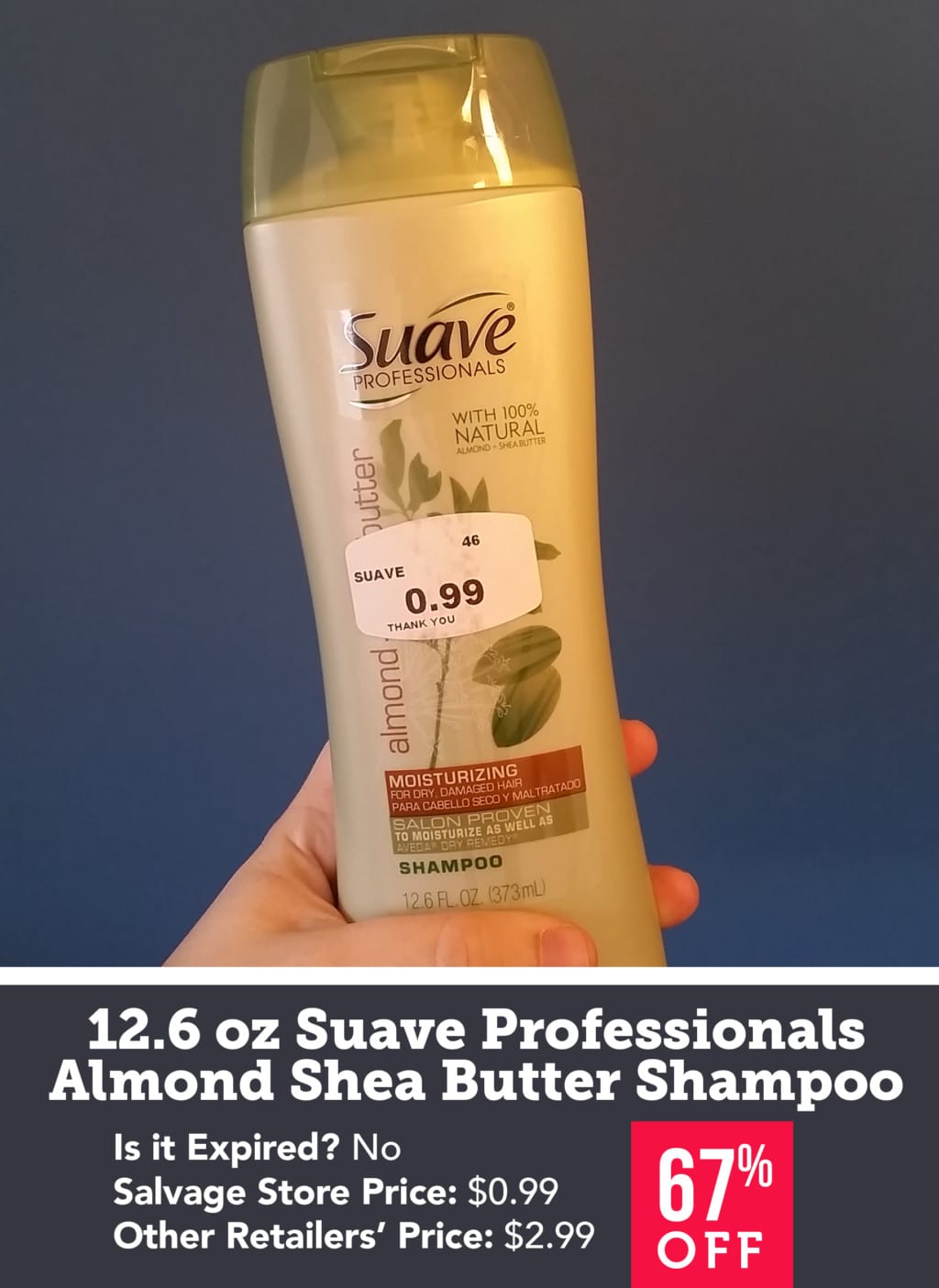
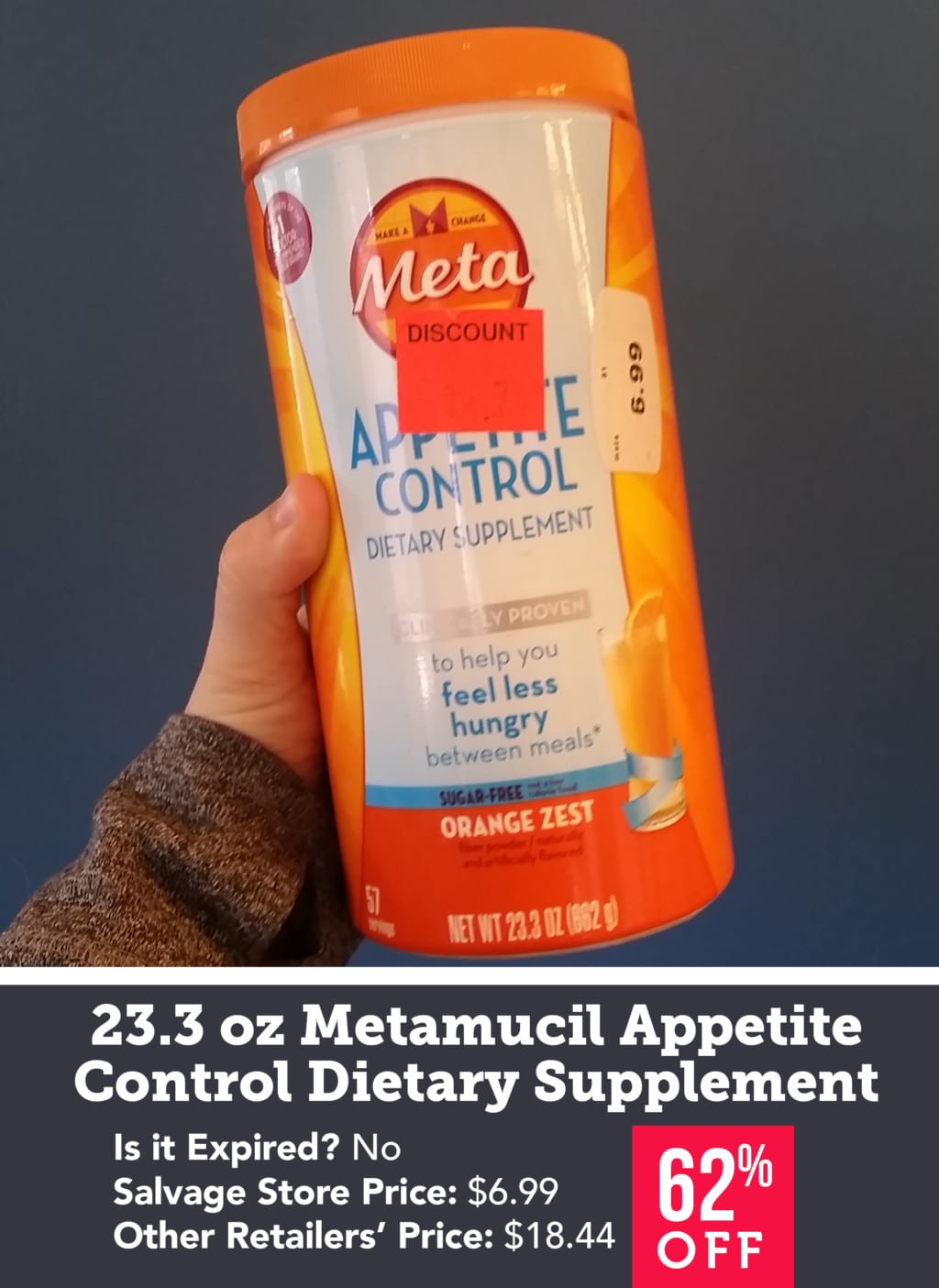
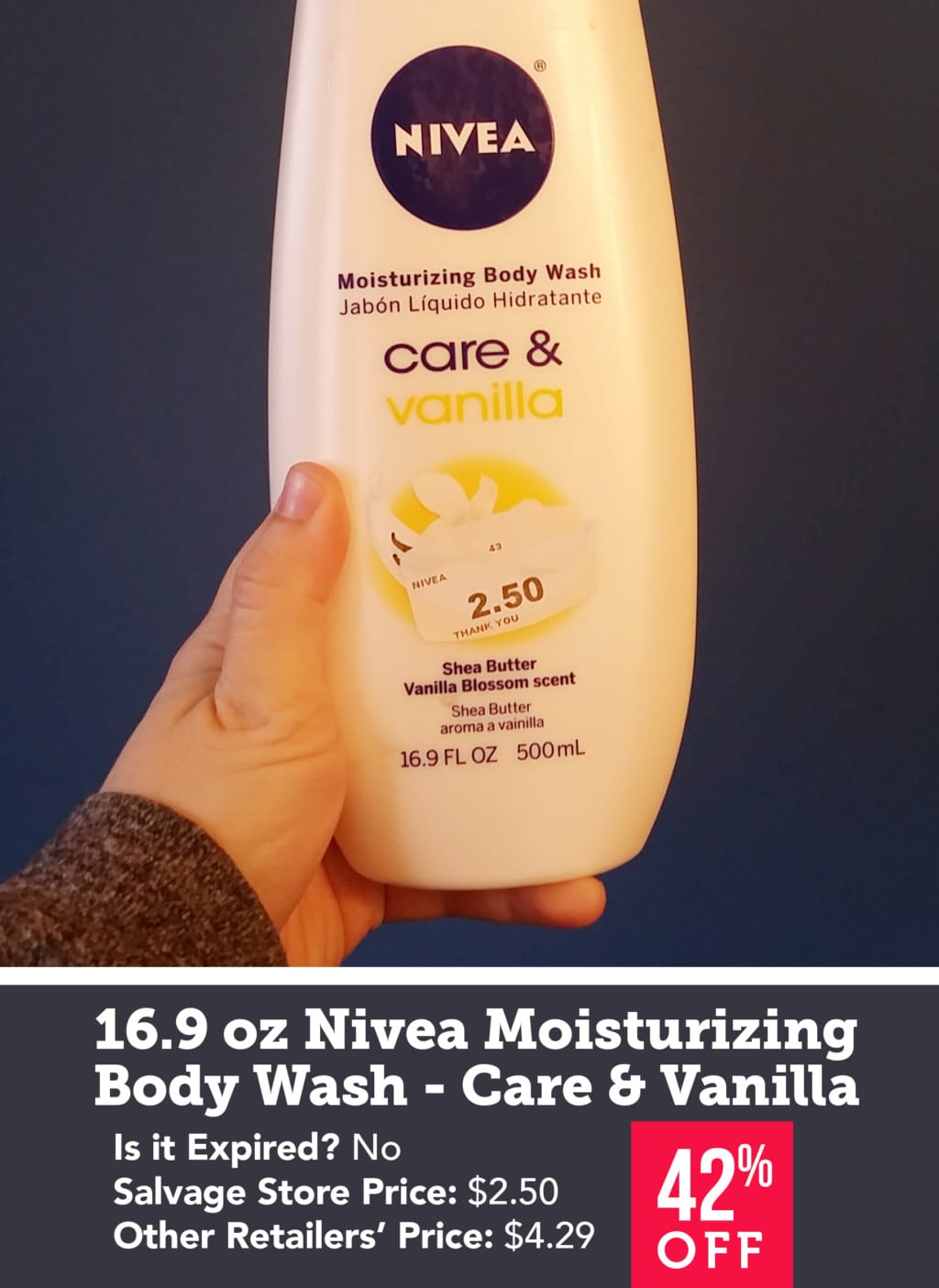
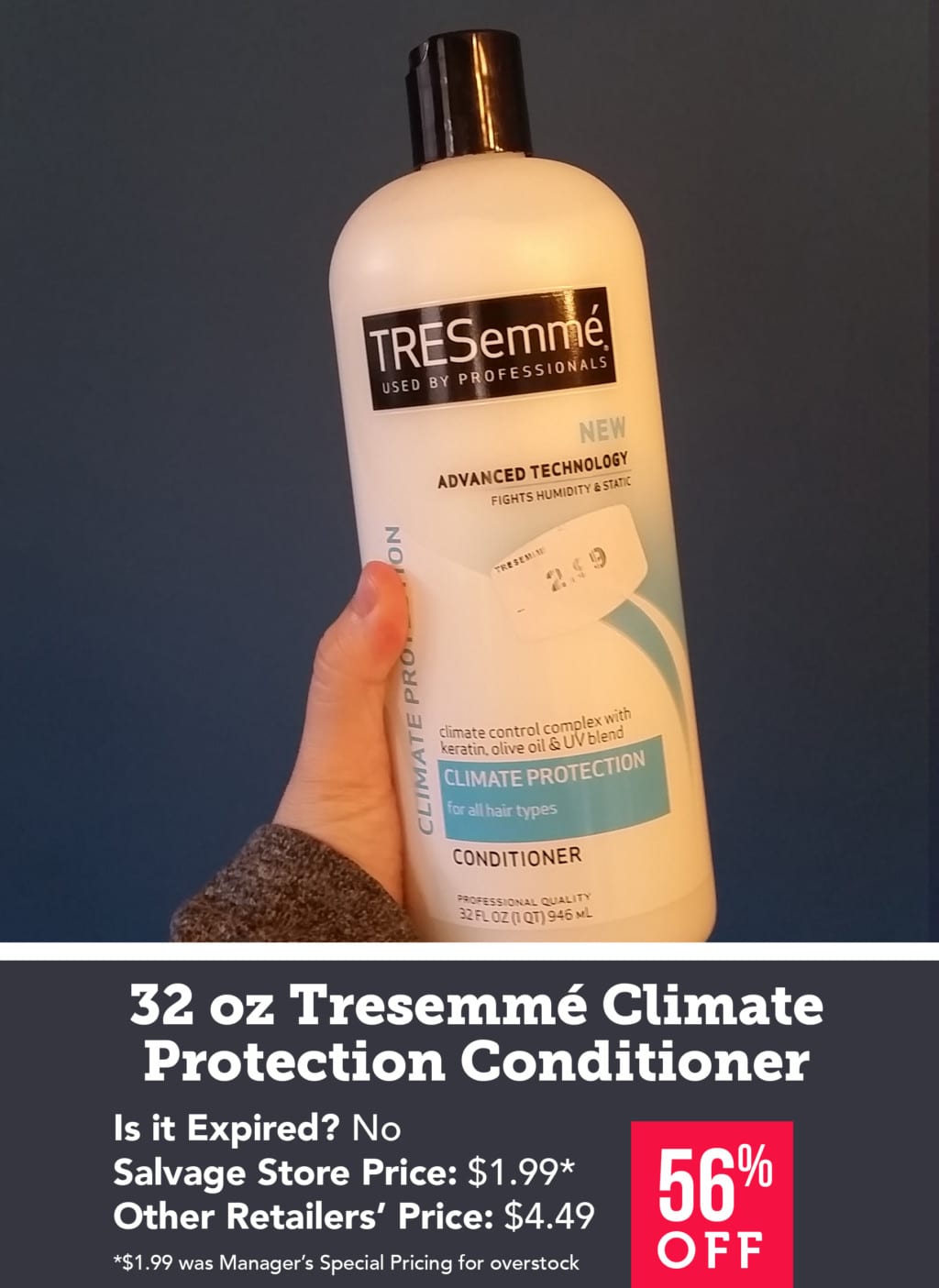
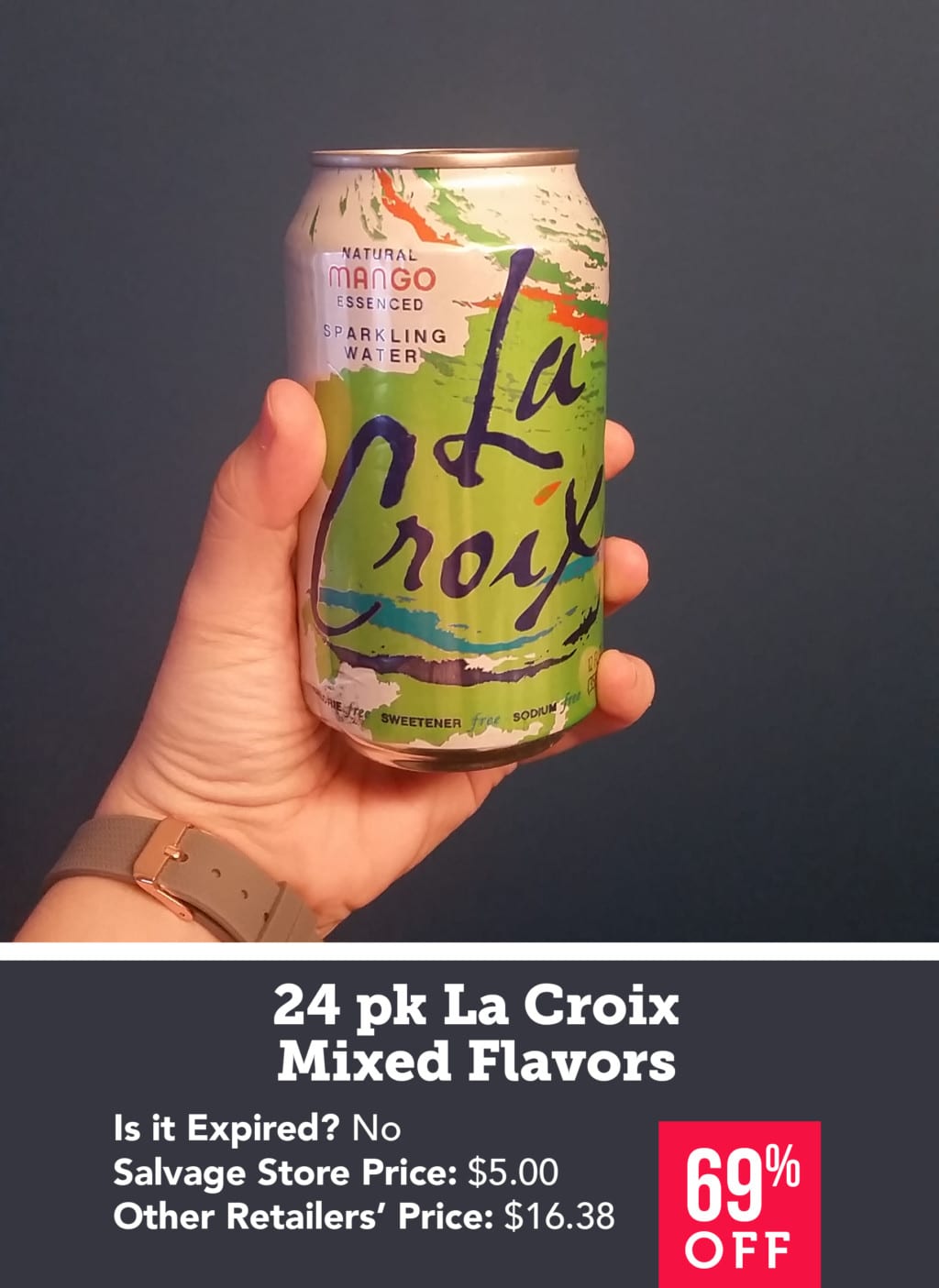
Address:
The Salvage Store Discount Grocery
5821 Jefferson Hwy, New Orleans, LA 70123
















